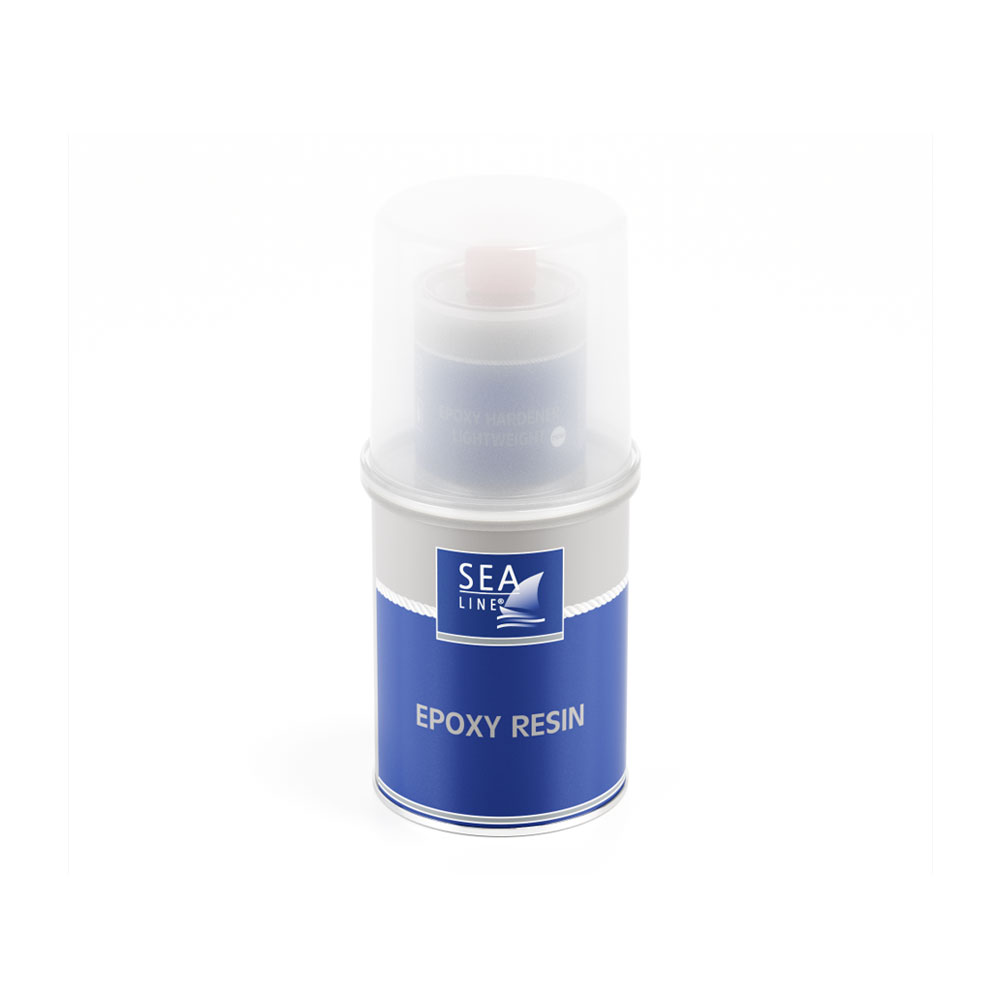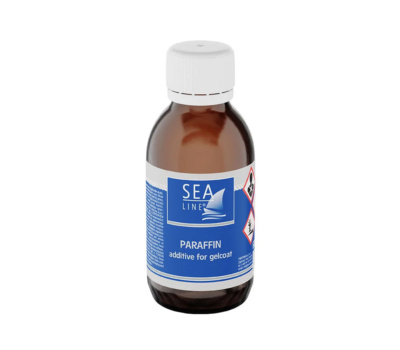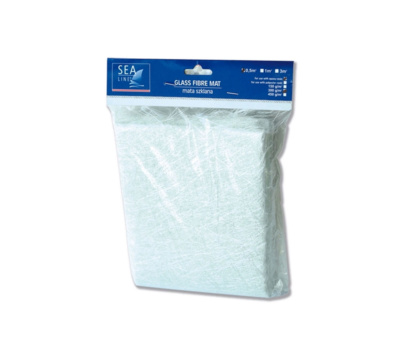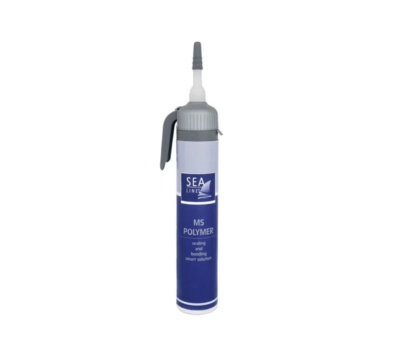Our epoxy resin works well both in construction and during repairs of damaged boat and yacht parts.
| Weight | Code |
|---|---|
| 250 g | 3636 |
| 0,5 kg | 8483 |
| 0,9 kg | 8508 |
| 5 kg | 8506 (comp. A) / 8507 (comp. B) |

Manually:
| Type | Laminates, wood, steel, aluminum | |
| Place | Above and below waterline | |
| Function | Laminating, repairs, reinforcement, gluing | |
| Application | Brush, roll | |
| Thinning | Not recommended | |
| Theoretical coverage for 1kg (for 1 layer laminate) | performance for layer of laminate based on glass fibre mats | |
| 300 g/m² 450 g/m² | ~1,7 m² ~1,1 m² | |
| performance for layer of laminate based on glass fabric (roving) | ||
| 200 g/m² 400 g/m² | ~5 m² ~2,5 m² | |
| Coats number | Depend on needs | |
| Pot life 23°C | 45 min | |
| Hardening time | 7 h | |
The resin is available in 3 sets:

Paraffin is an additive mainly to polyester gelcoats, necessary when it is necessary to apply

Fiberglass reinforcements, including boat mats and fiberglass fabrics combined with resin, are used for repairs

Is elastic sealant recommended for sealing and bonding various types of materials.
Yes, you can mix Sea-Line polyurethane paints. The only difference are the pigments of polyurethane paints that determine the color of the paint. But remember to keep the right proportions of base, hardener and thinner.